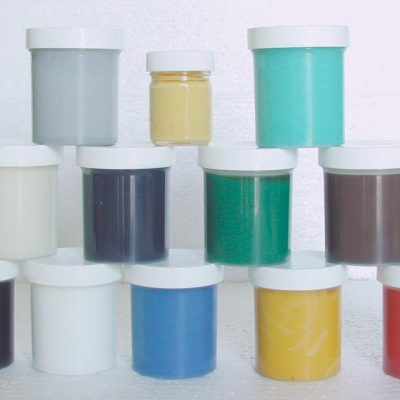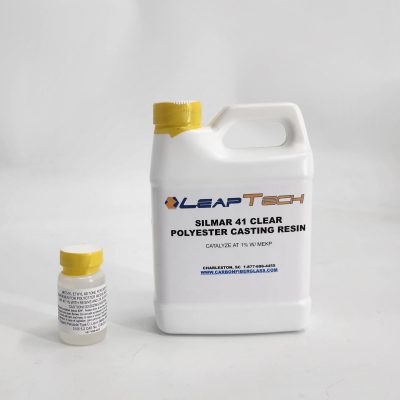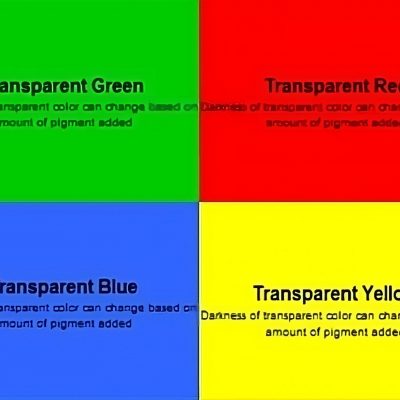$28.00 – $84.00
Product Name: Deep Pour Epoxy Casting Resin – Clear
This product is a 100% solid, two-component, clear polymer coating that is mixed at a 1 to 1 ratio by volume. Each kit contains a bottle of resin and a bottle of hardener. The product cures to a clear, high build, glass-like finish that resists scratching, yellowing and will not distort with age. Items coated with it will become permanently preserved and protected for your enjoyment throughout a lifetime. This product will not exhibit blushing or sweat out under high humidity conditions. We have thoroughly tested this material with half of a part exposed to UV for over a year and you can’t even tell which side was covered!
With a mix ratio of 1 to 1, this epoxy resin system is easy to use and dries clear, making it perfect for river tables, live-edge tables, jewelry, and other artistic projects.
Precautions:
Storage:
Step 1: Preparation
Step 2: Mixing
Step 3: Pouring
Step 4: Curing
Step 5: Finishing
Epoxy resin is a two-component system consisting of a resin and a hardener. When mixed together, they undergo a chemical reaction that transforms them from a liquid to a solid state. This reaction is exothermic, meaning it releases heat. The versatility of epoxy resin makes it a popular choice for various applications, from DIY crafts to industrial uses. Its adhesive properties, durability, and high-gloss finish make it a favorite among artists and craftsmen.
Note: Always refer to the product’s specific label and instructions before use. Individual product specifications may vary.
Coverage: See the coverage calculators below to figure out how much table top epoxy you need for your bar top or project. Remember not to combine seal and flood coat coverages.
Flood coats are designed to go on approximately 1/8″ or .125″ thick,
Seal coat coats are just thick enough to seal any bubbles or dust in place and only need to be .02″ thick.
Example: A 6ft x 4ft bare wood table (24sq ft) would require 2 Quarts to complete ONE seal coat and about a gallon and a half to complete ONE flood coat for a total of Two Gallons.
Graduated Mixing Cups – An accurate measurement is extremely important to achieve optimum curing.
Applicators – Rubber squeeges are simple to use and leave no air bubbles. Foam brushes and nylon bristle brushes are preferred with epoxy, make sure there are no loose hairs.
Hair Drier, Heat Gun or Torch – These are used after the pour is completed and the epoxy is still liquid. A very smooth stroke across about 6-12 inches above the epoxy surface will burst remaining air bubbles.
There are no reviews yet. Be the first one to write one.


